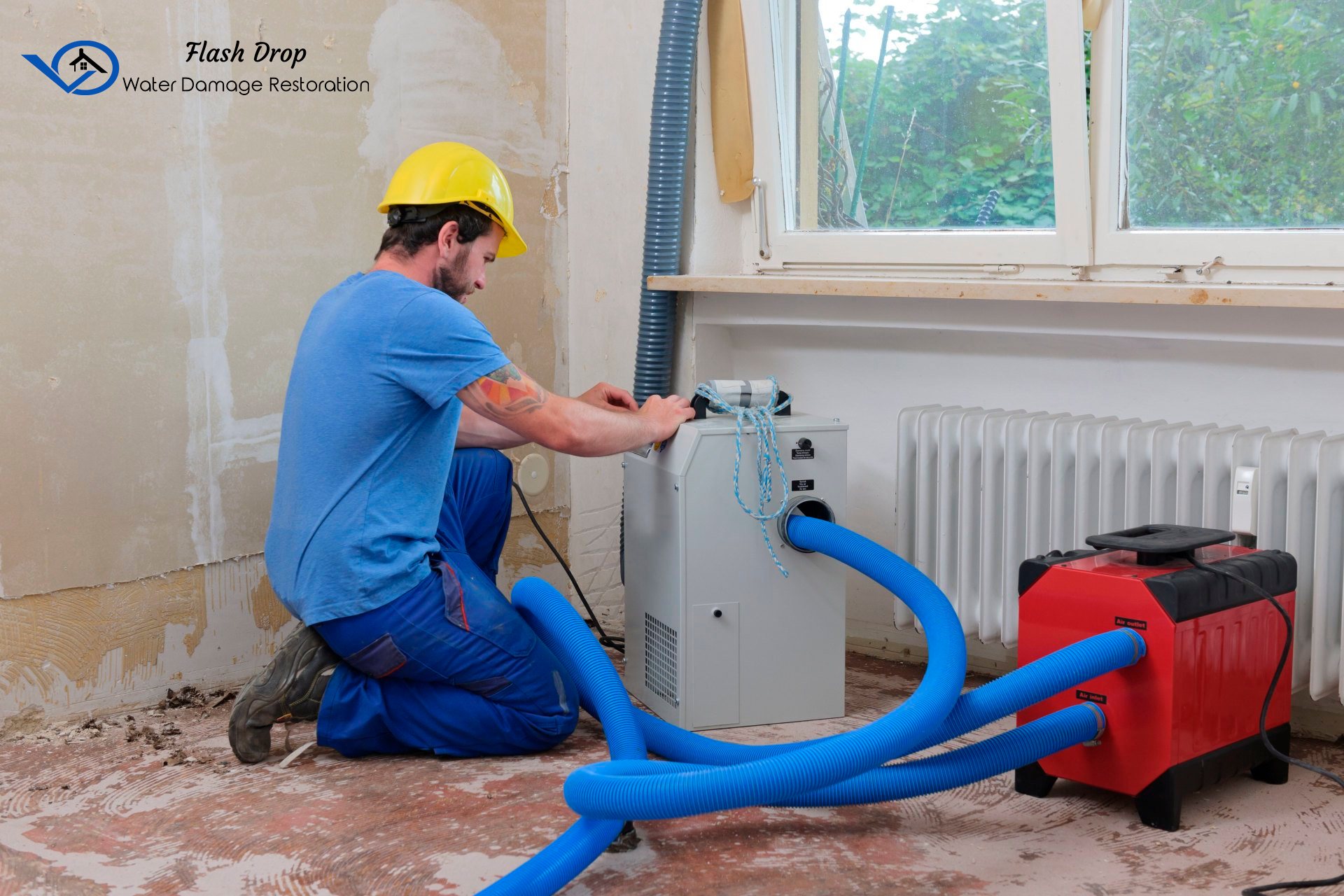Restoring Your Home after a Flood: The Do's and Don'ts
Floods can cause extensive damage to your home, and it can be overwhelming to think about the restoration process. However, restoring your home after a flood is crucial to prevent further damage and ensure that your living space is safe for you and your family. In this article, we will go over some of the do's and don'ts of restoring your home after a flood.
Do: Prioritize Safety
Safety should be your top priority when restoring your home after a flood. Make sure you turn off the electricity, gas, and water supply before you begin any restoration work. If you're unsure about how to turn off these utilities, call a professional to help you. Additionally, wear protective gear such as gloves, boots, and masks to prevent exposure to mold and other hazardous substances.
Don't: Rush the Process
It's natural to want to restore your home as quickly as possible after a flood, but it's essential not to rush the process. Rushing can lead to shoddy work and result in further damage to your home. Take your time to assess the damage, create a plan, and execute the restoration process step by step.
Do: Call a Professional
Flood restoration can be a complex process that requires specialized knowledge and equipment. Calling a professional flood restoration company can help ensure that the restoration process is done correctly and efficiently. A professional company will also have the necessary tools to detect and remove mold and other hazardous substances.
Don't: Use DIY Methods
While it may be tempting to take on the restoration process yourself, it's not recommended. DIY methods can lead to further damage to your home and can be dangerous if not done correctly. A professional flood restoration company has the experience and equipment needed to restore your home safely and efficiently.
Do: Document the Damage
Documenting the damage to your home after a flood is essential for insurance purposes. Take pictures and videos of the damage to your property, including any furniture and personal belongings that were affected. This documentation will help your insurance company assess the damage and provide you with the necessary compensation.
Don't: Ignore Mold
Mold can grow quickly after a flood and can cause serious health problems. If you notice any signs of mold in your home, such as a musty smell or discoloration on walls or ceilings, don't ignore it. Mold remediation is a crucial part of flood restoration, and a professional company can help detect and remove any mold in your home.
Do: Be Prepared for Delays
Flood restoration can be a time-consuming process, and it's essential to be prepared for delays. Delays can be caused by various factors, including the extent of the damage, availability of equipment and materials, and weather conditions. Be patient and trust the process to ensure that your home is restored correctly.
Don't: Forget About Prevention
Once your home has been restored after a flood, it's crucial to take steps to prevent future floods. This includes making sure that your home has proper drainage systems, using flood-resistant materials, and keeping valuables and important documents in a safe place.
In conclusion, restoring your home after a flood can be a daunting task, but following the do's and don'ts outlined in this article can help make the process smoother and more manageable. Remember to prioritize safety, call a professional, document the damage, and be prepared for delays. With proper restoration and prevention measures, your home can be restored to its pre-flood condition, and you can once again enjoy a safe and comfortable living space.
Find Flash Drop Water Damage Restoration & Mold Removal Flash Drop Water Damage Restoration & Mold Removal 16602 Barneston St, Granada Hills, CA 91344 7GM4+PP Granada Hills, Los Angeles, CA 1 (818) 572 4070



.jpg)
Comments
Post a Comment